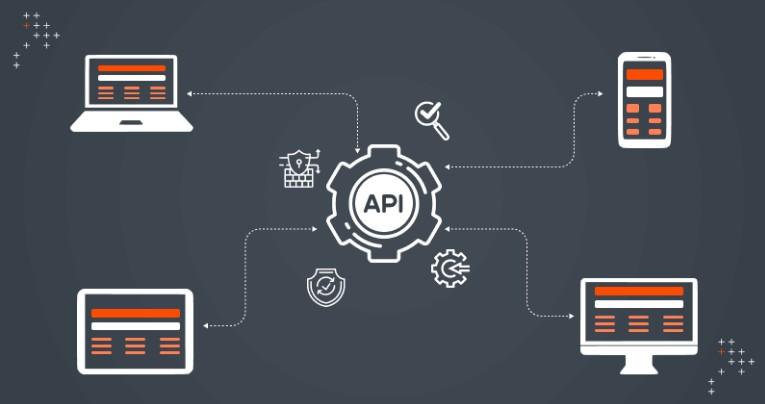The main objective of QA in API integration testing is to ensure that APIs function accurately, reliably, and securely across interconnected systems. QA aims to validate that data flows correctly between applications, API endpoints respond as expected, and performance, security, and error handling are robust enough to handle real-world scenarios.
-
QA ensures APIs function correctly, handling errors and data consistency for smooth integration.
-
Automating tests speeds up the process, ensuring rapid detection of issues.
-
Continuous monitoring and performance testing help maintain optimal API performance.
-
Security testing uncovers vulnerabilities, preventing unauthorized access and data breaches.

